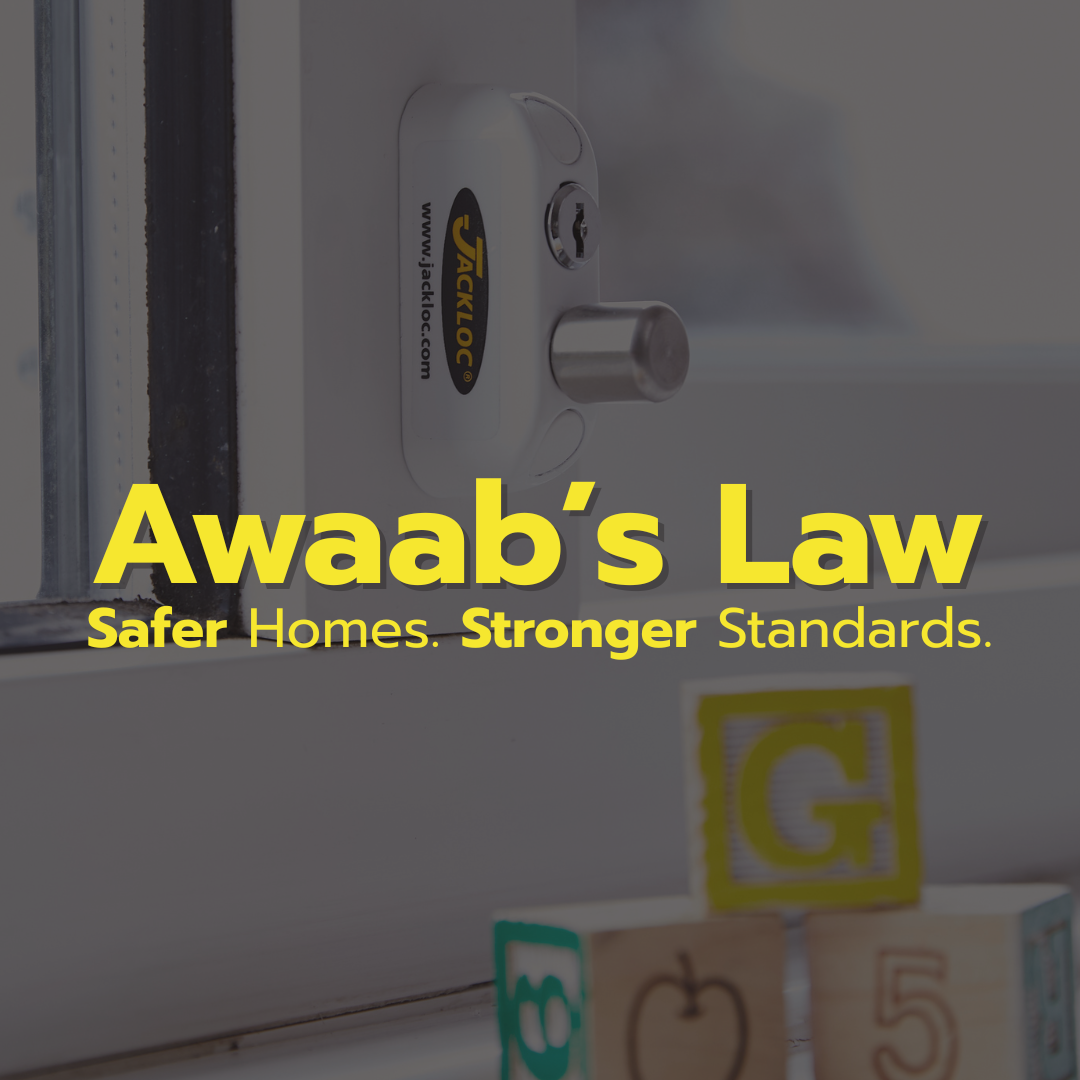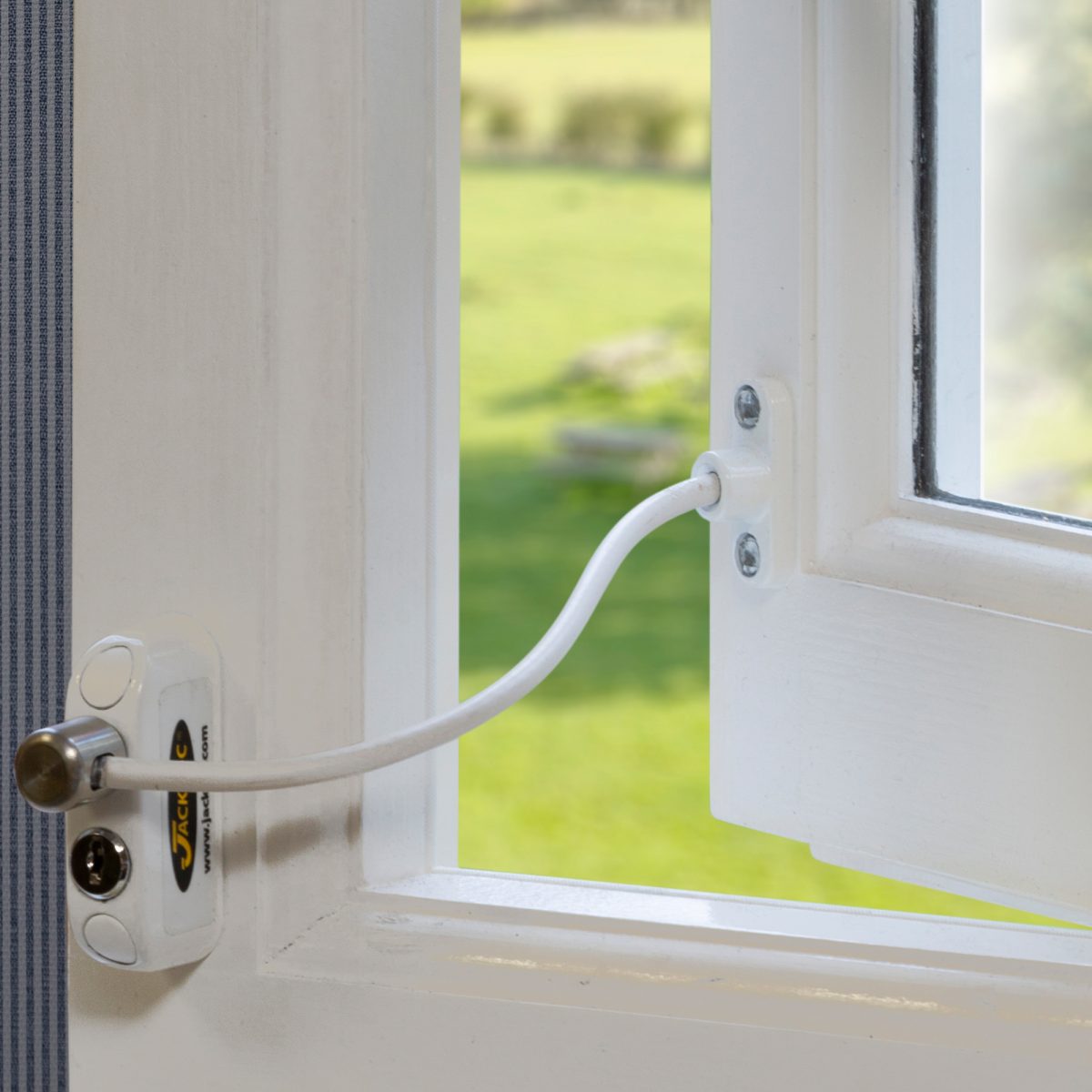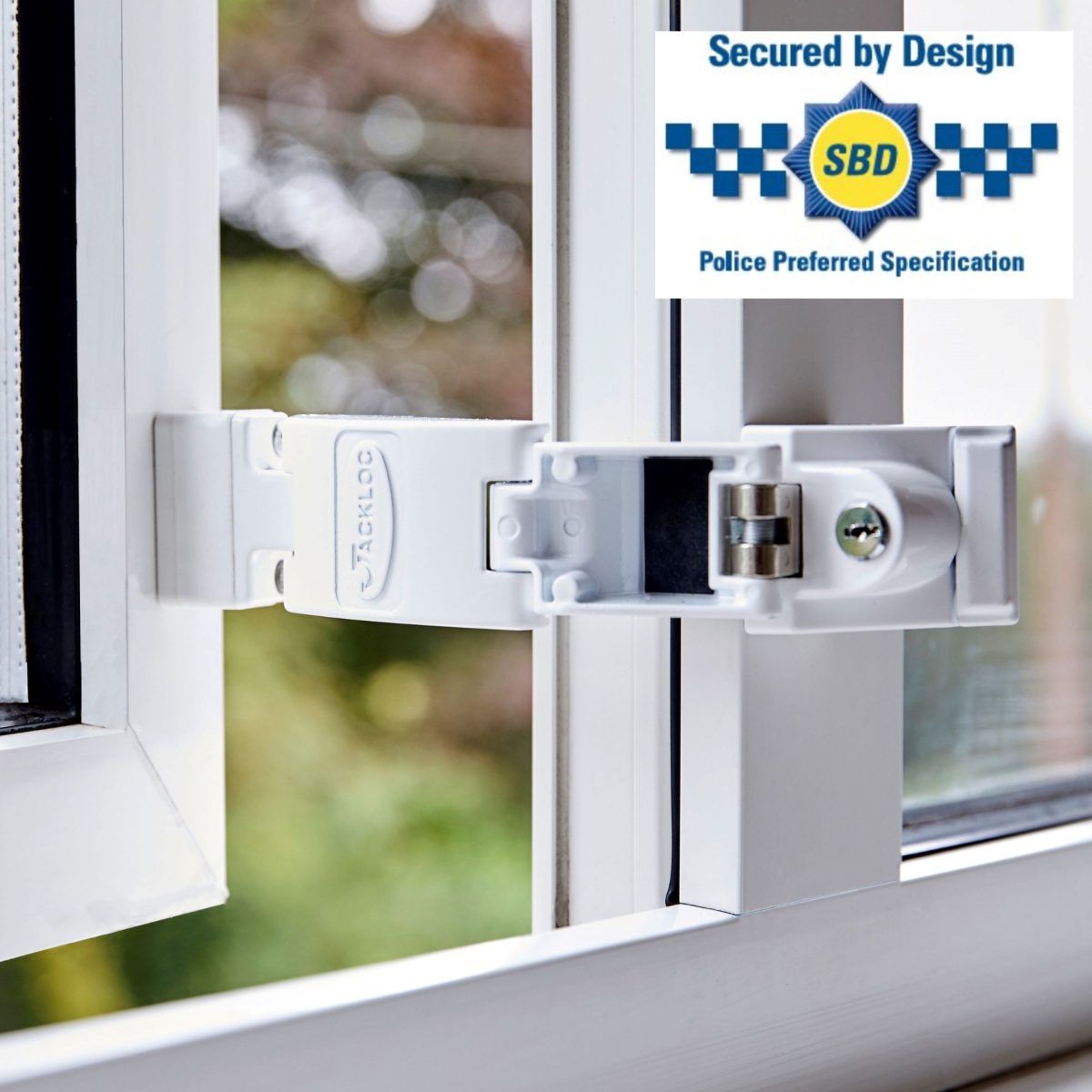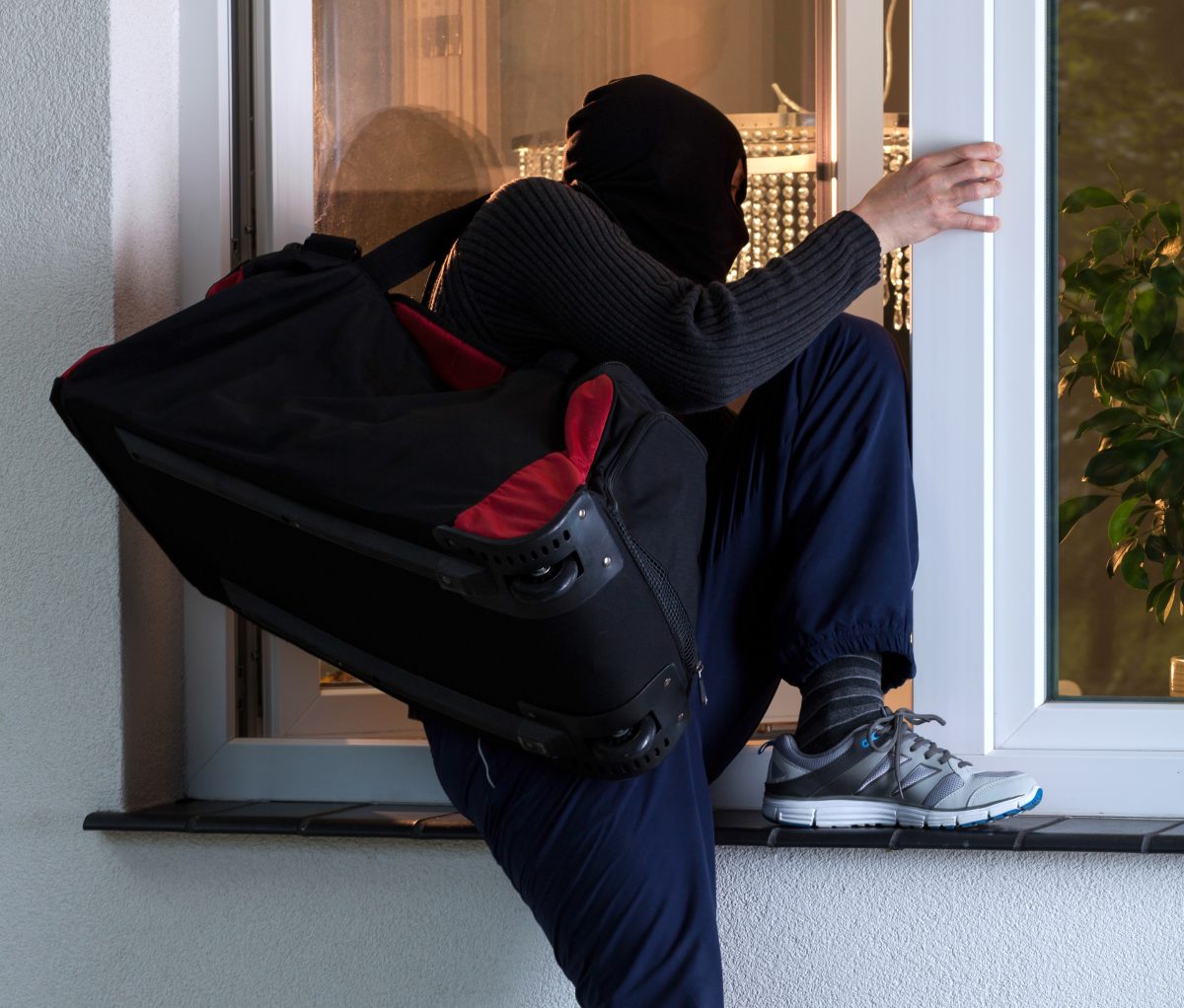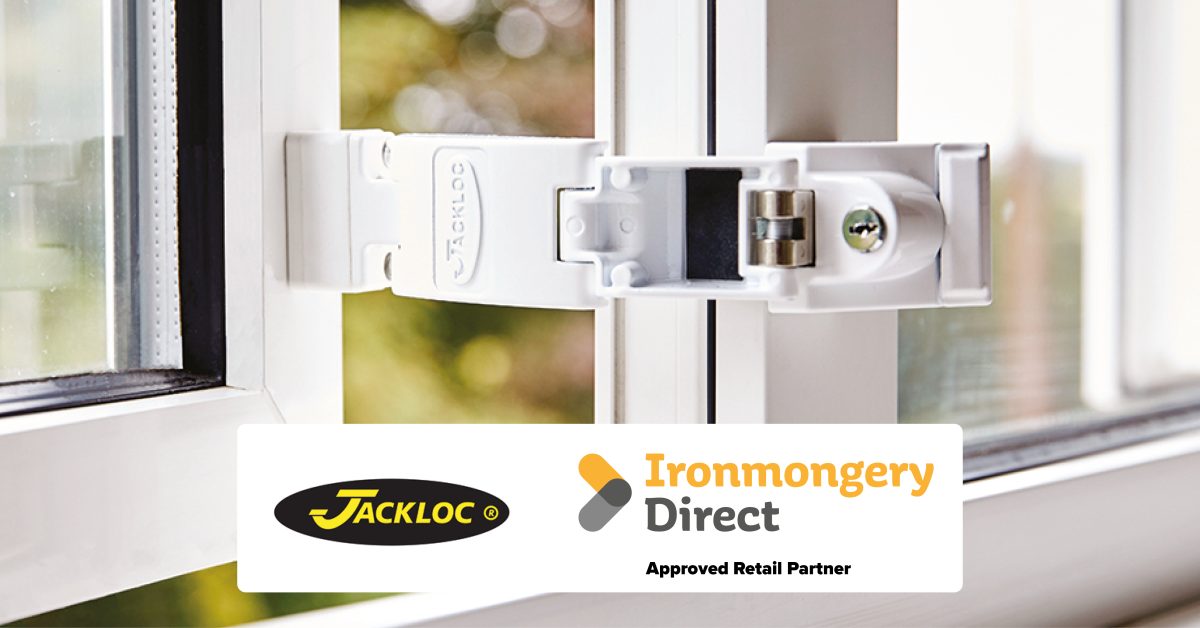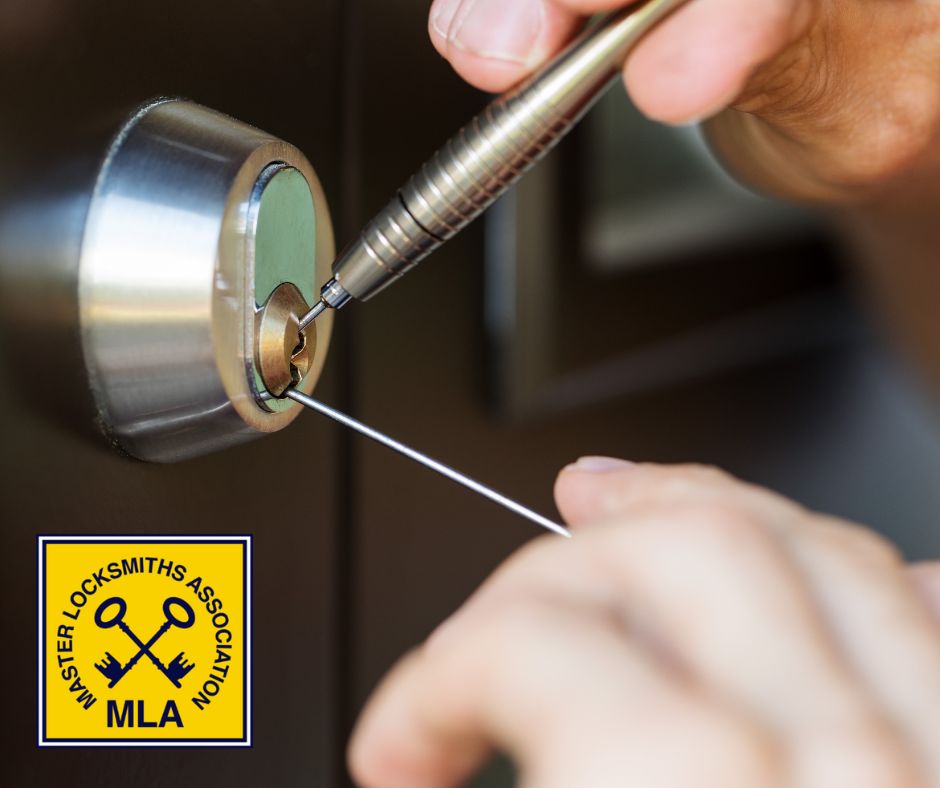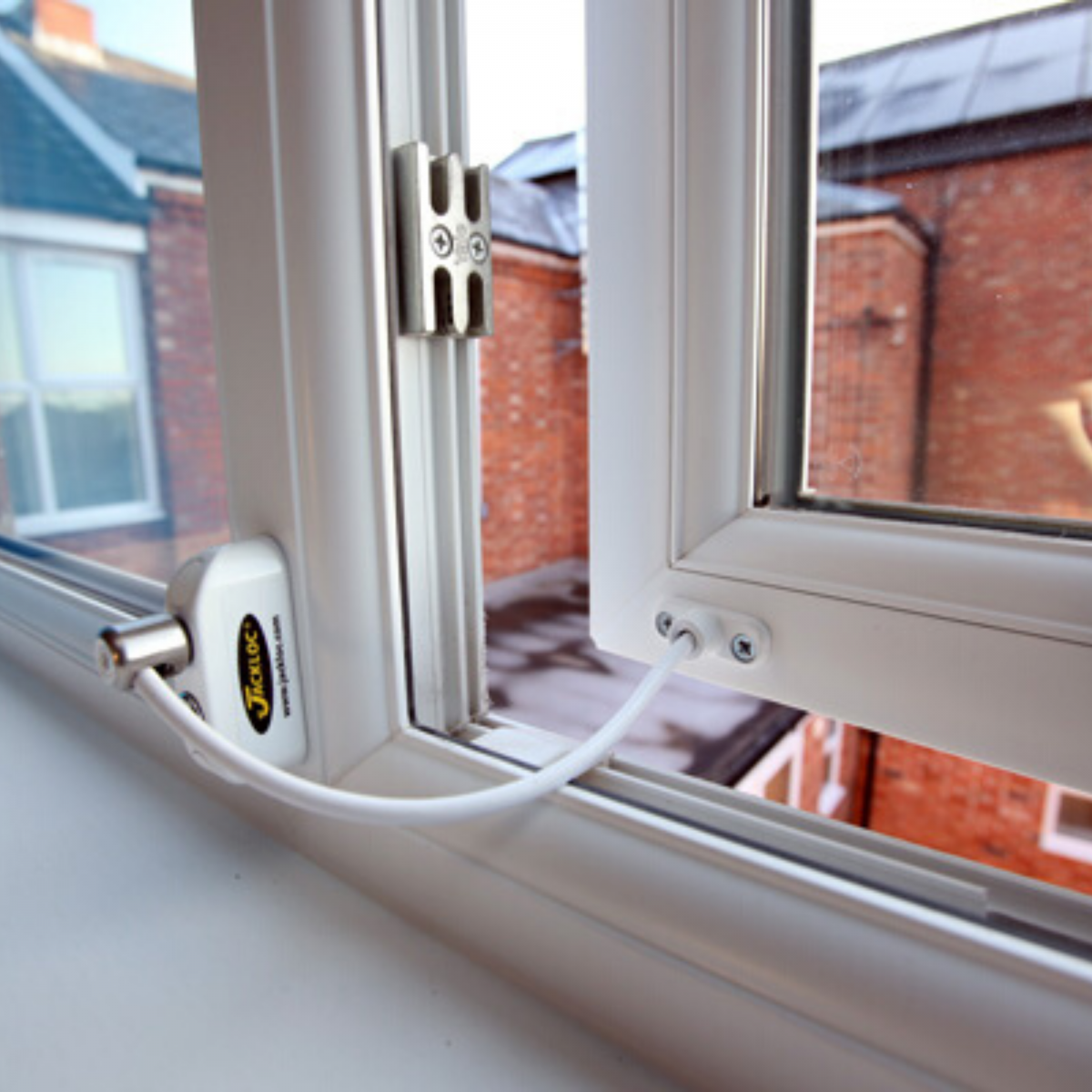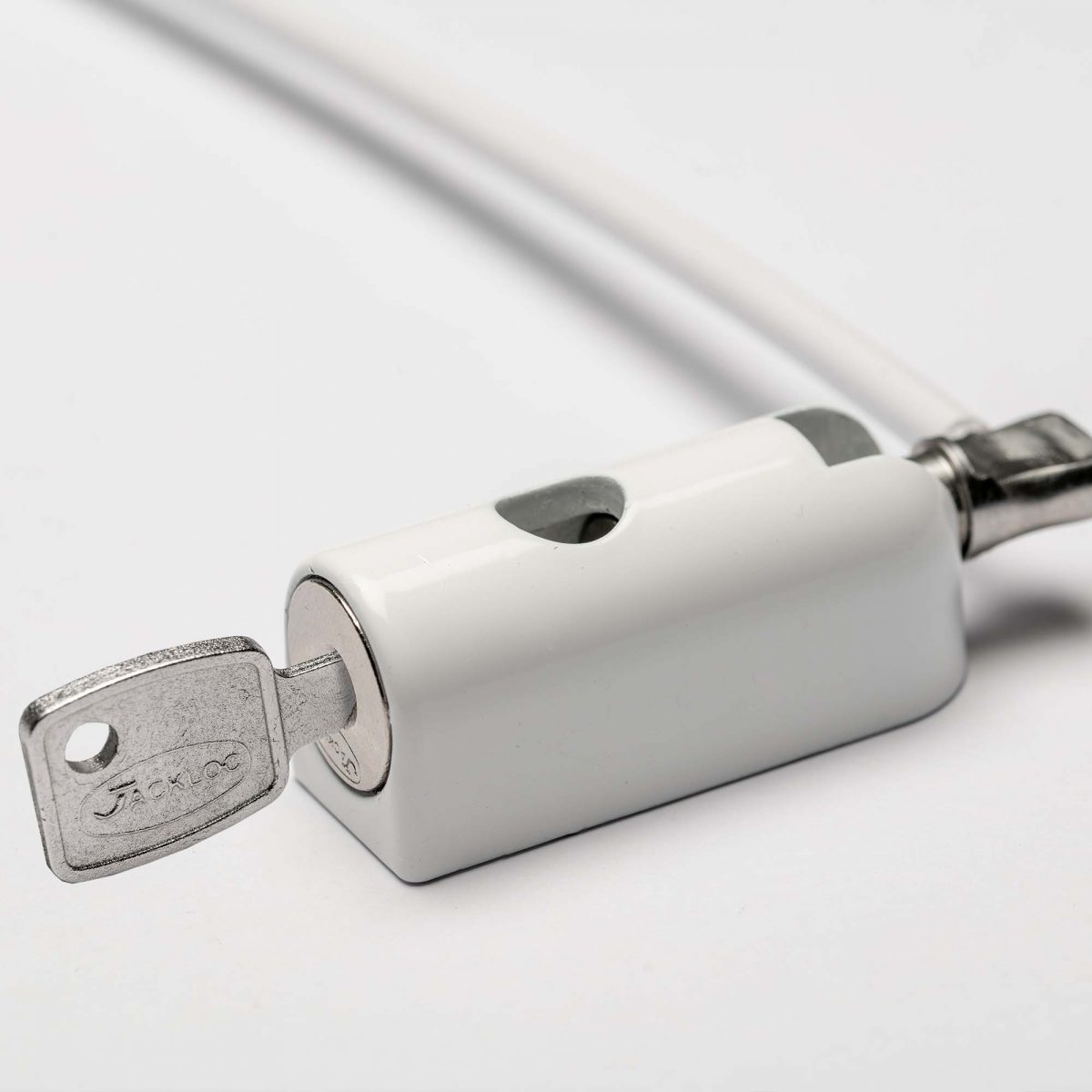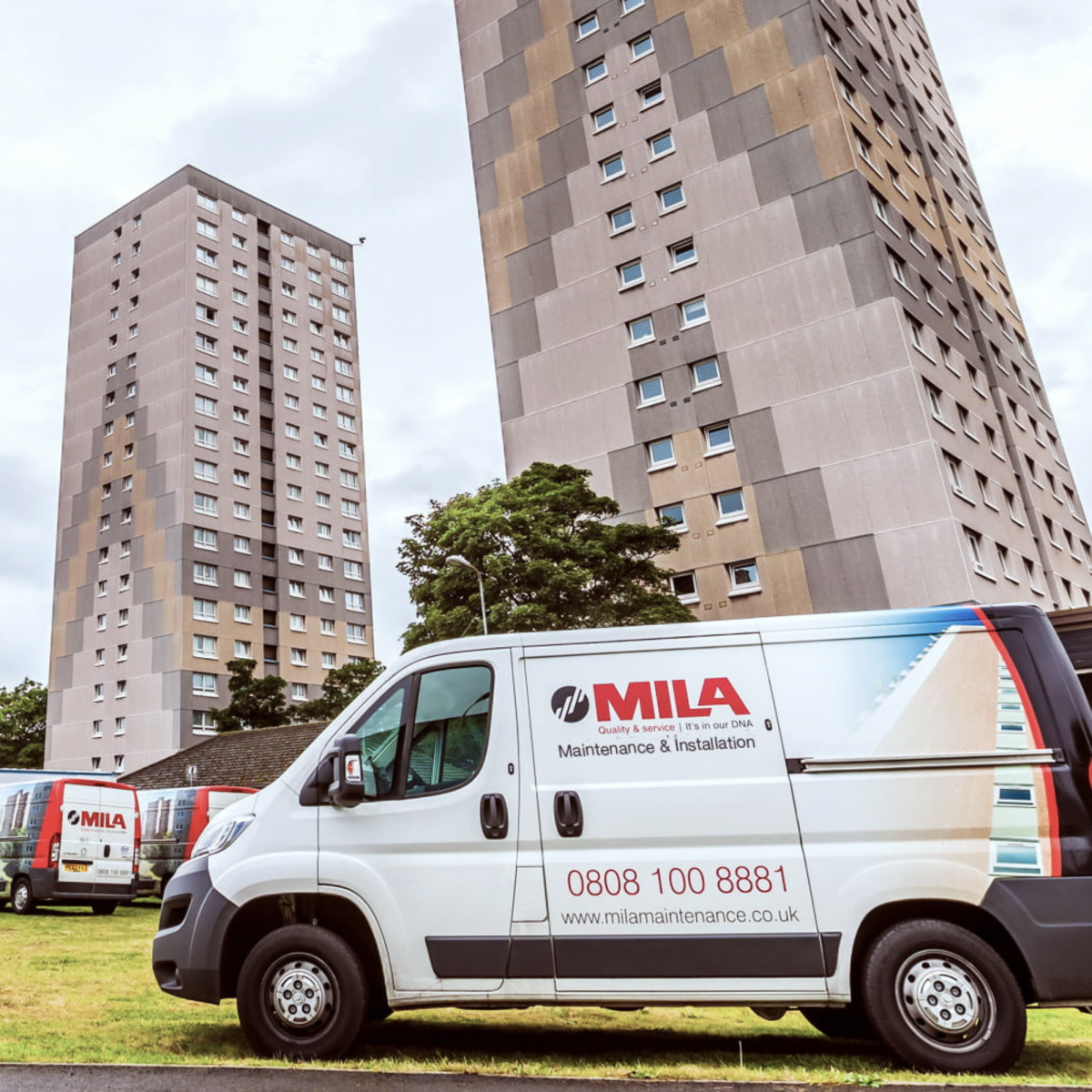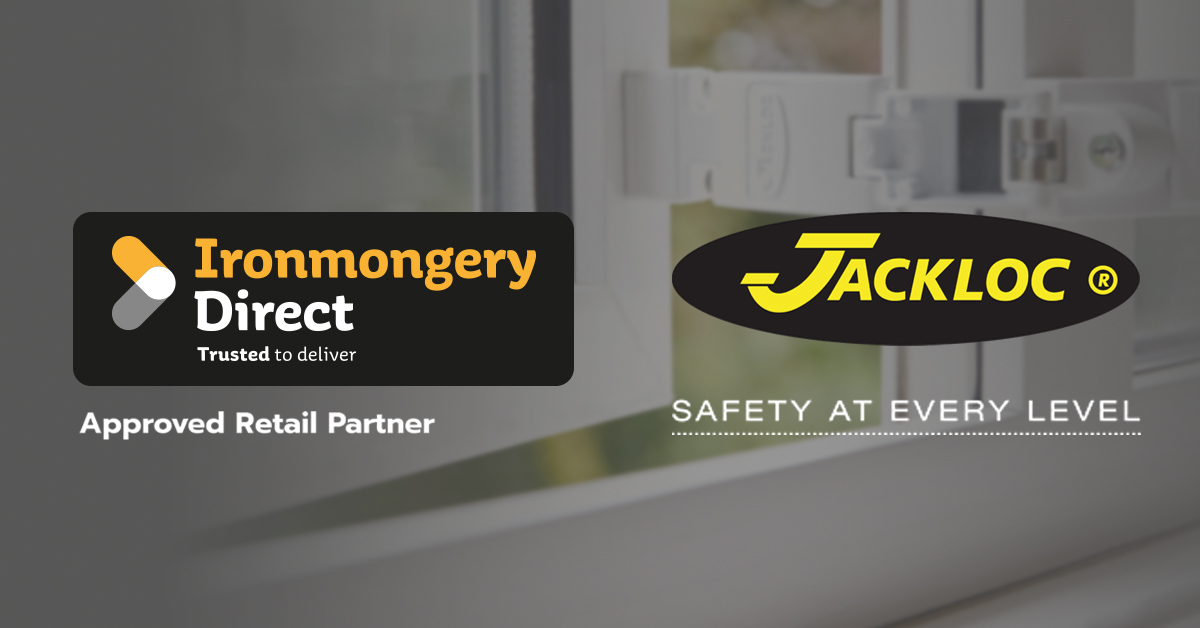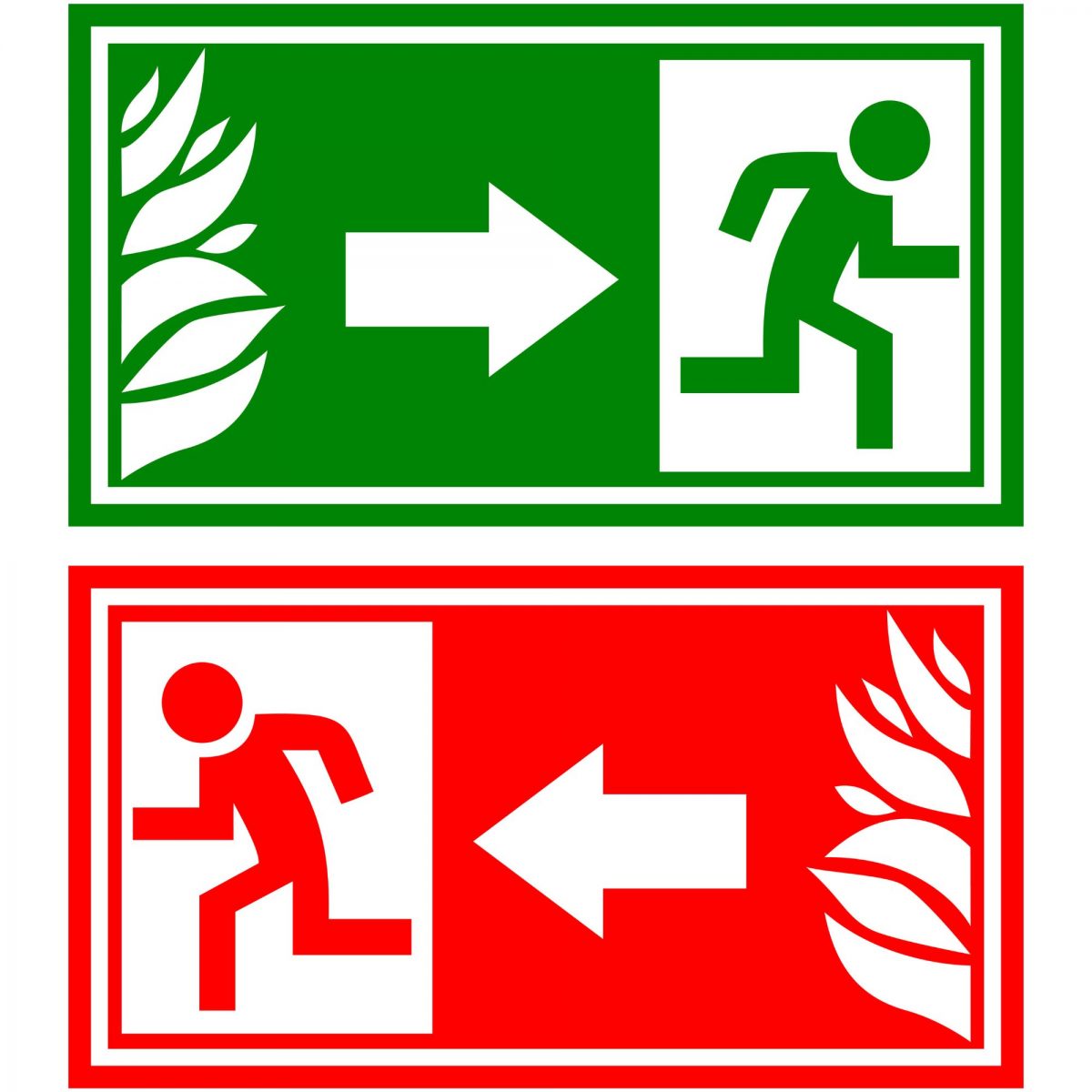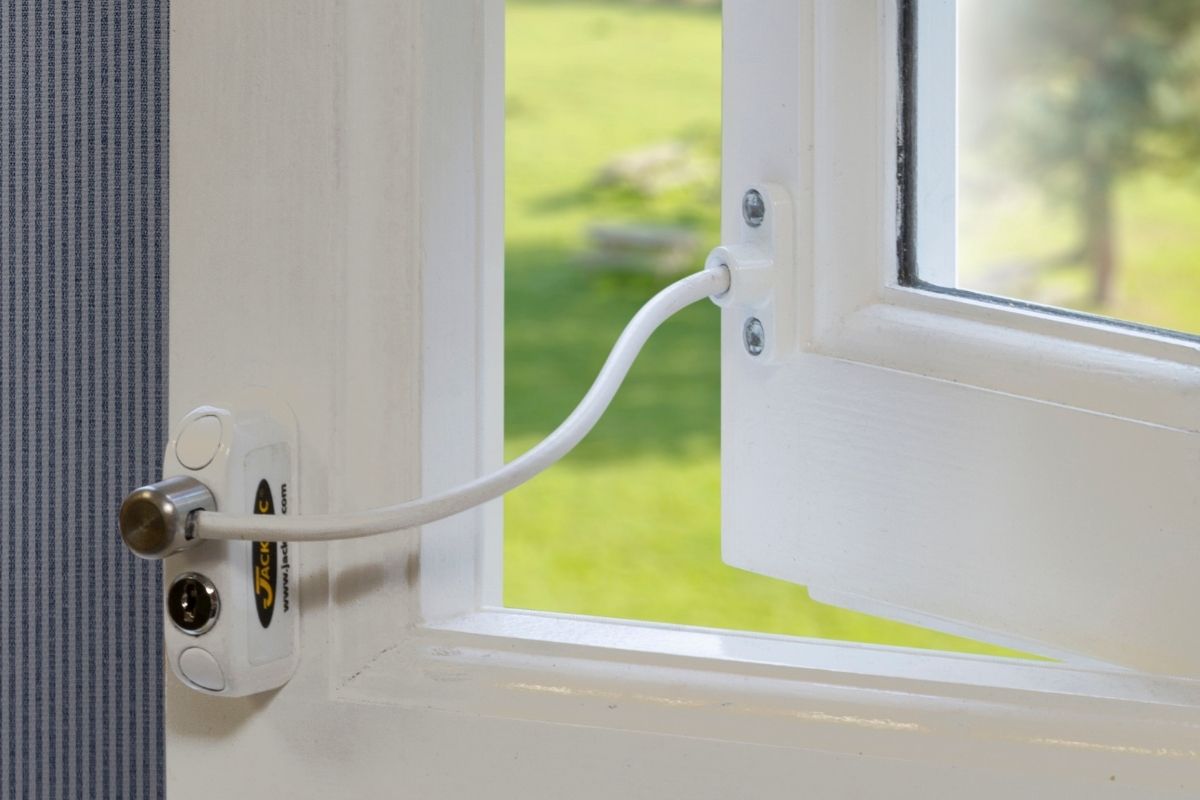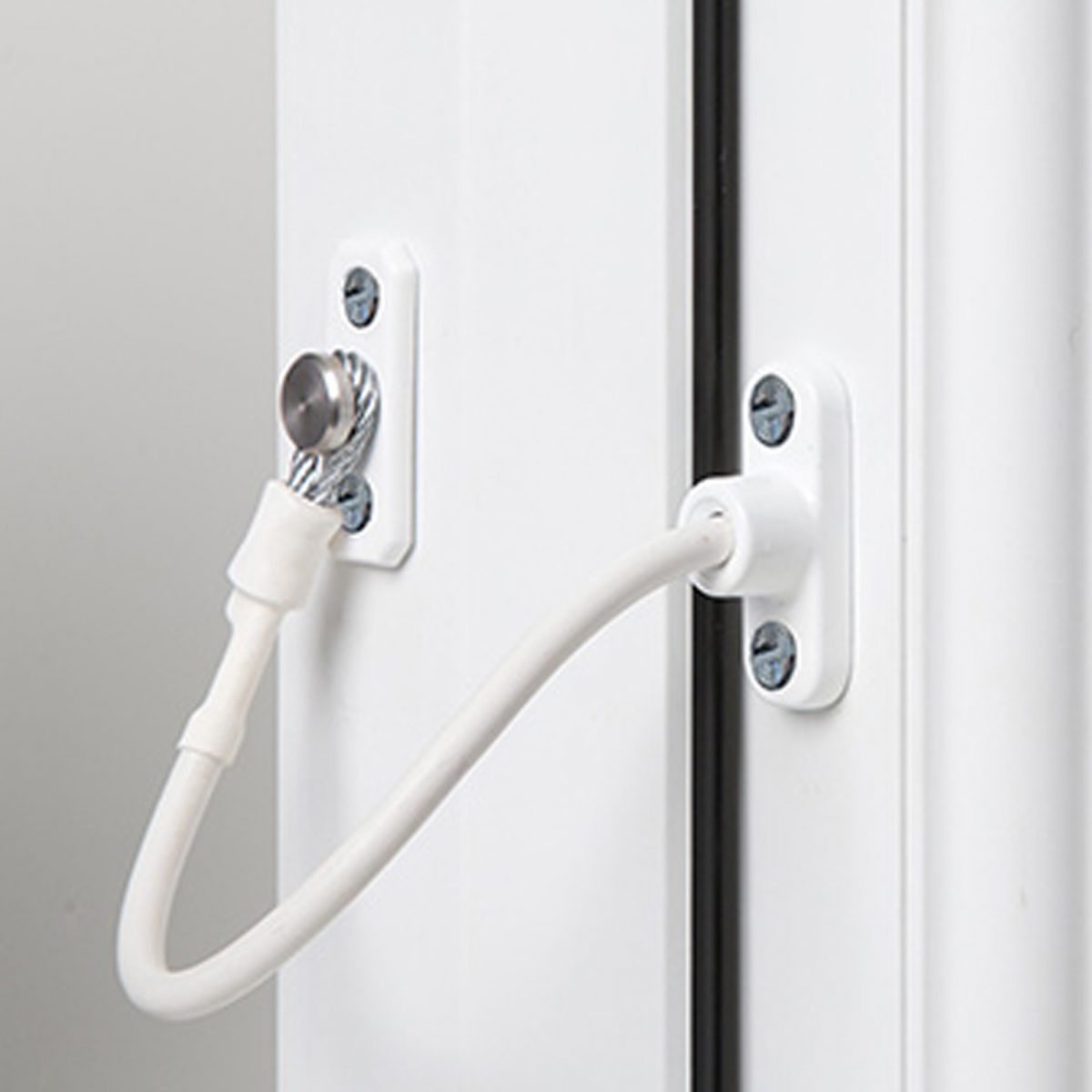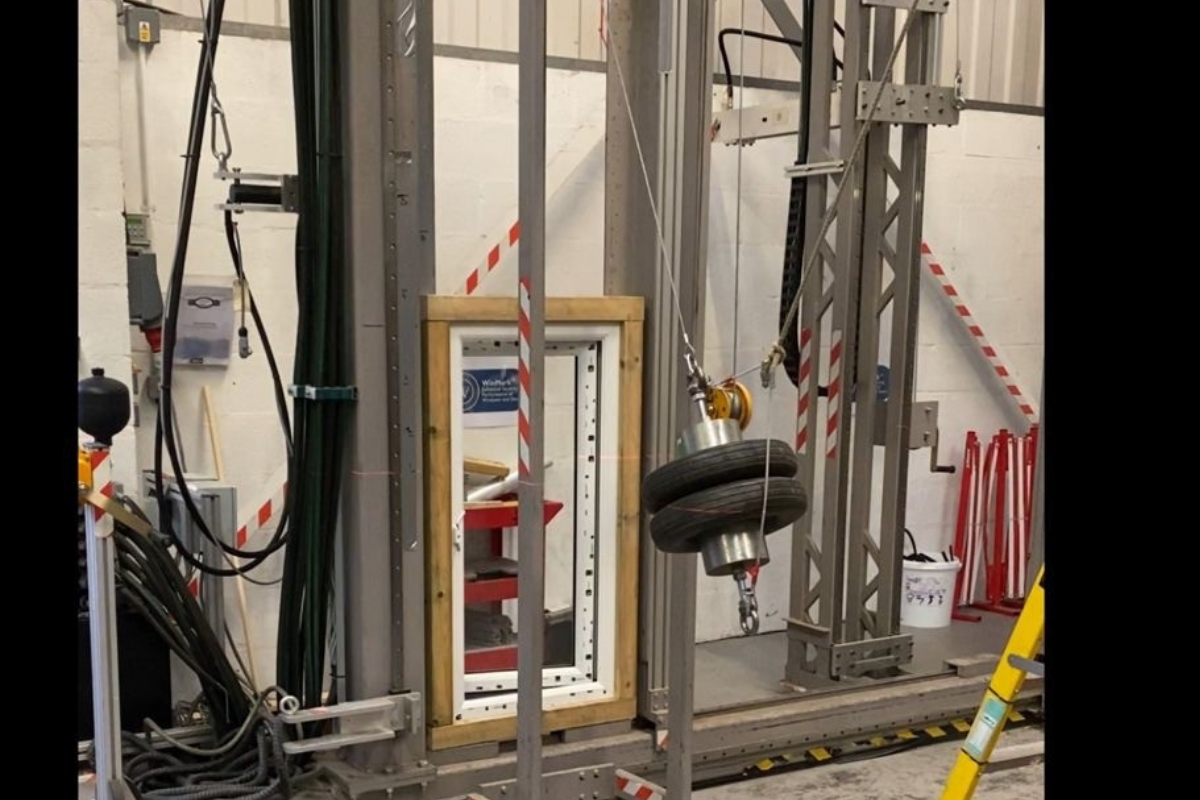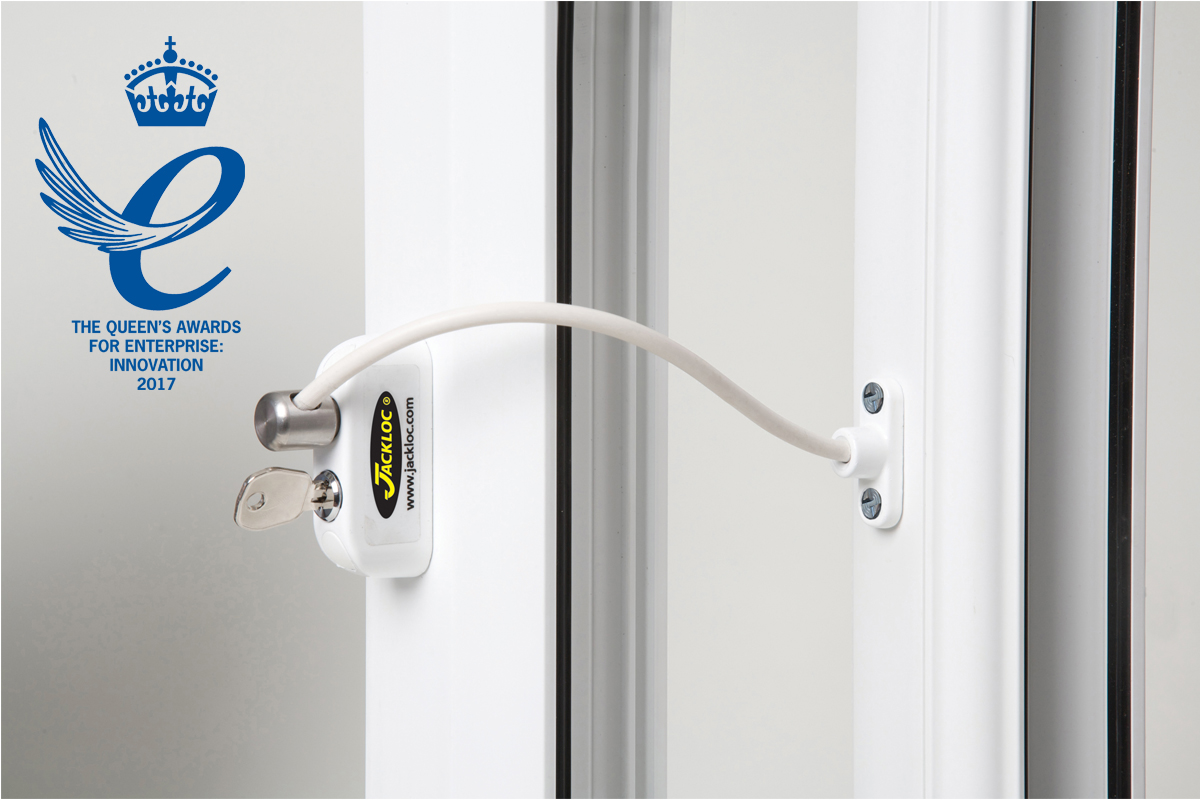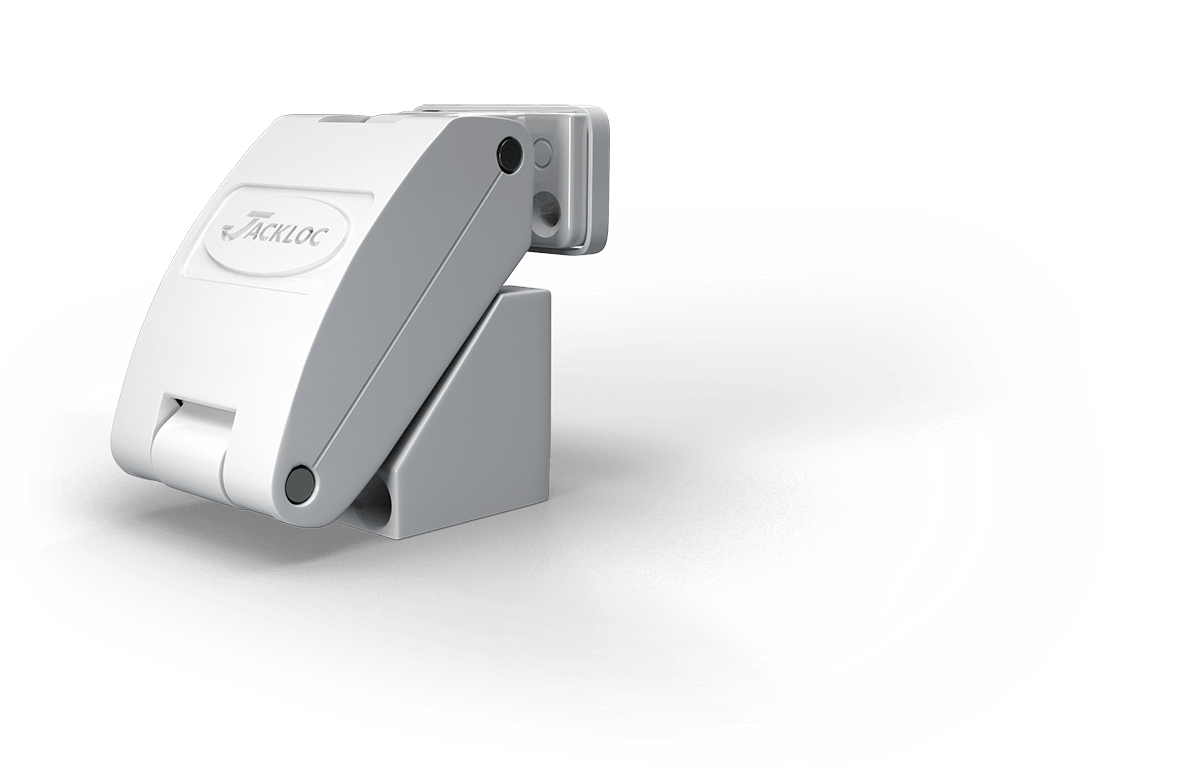When it comes to window safety and security, one size definitely does not fit all. Whether you’re fitting a flat, bungalow or commercial space, selecting the correct window restrictor means balancing ventilation, accessibility, safety from falls, and security from intrusion.
In this blog, you’ll find everything you need: the different types of restrictors, what the load ratings mean, and which certifications matter, so you can feel confident this winter.
- Types of Window Restrictor: matching your needs
When choosing a window restrictor, start by asking: “What level of control do I want over the opening?”
The four key things to consider are:
- Whether you want the option to open the window fully.
- Who should have access (everyone, only key-holder, no access).
- How strong you need the restriction to be.
- The quality assurances (certifications, testing).
Permanent restrictors
If you don’t want the option to open the window fully, for instance, in vulnerable settings, care homes, or certain social housing, then a permanently fixed restrictor is best. With this type, any opening wider than the safe restricted size (commonly 100 mm) would require complete removal of the device, meaning full access is prevented under normal use.
Example window restrictor: The Perma cable window restrictor by Jackloc.
Key-lockable restrictors
If you want the option to sometimes open the window fully (for cleaning or seasonal ventilation) but retain control over when that happens, then a key-locking restrictor is ideal. Only the key-holder can override the restrictor.
Example window restrictors: The Jackloc Pro-5, Pro-5 Duo, and the Titan (which offers very high load ratings and security).
Push-&-turn (keyless) restrictors
For situations where full access by all users is acceptable (and less risk of misuse exists), a push-and-turn restrictor provides ease and flexibility. However, in settings with children or vulnerable occupants, this may not be suitable, as it could be deliberately or inadvertently overridden.
Example window restrictor: The Pro-Twist cable window restrictor by Jackloc.
The key when picking the perfect window restrictor is to match the restrictor type to your actual user profile and risk scenario – who uses the window, how often do you want full opening, and how secure must it be.
- Load ratings & strength: what those numbers mean
Once you’ve chosen the style of restrictor, the next step to consider is how strong the device is and what the load rating means in practical terms.
What is a load rating?
Load rating is a measure of the force a window restrictor (and the window frame itself) can withstand before failure (e.g., the profile gives way, the restrictor breaks, or the fixings give way). It’s usually given in newtons ( N ) or equivalent weight (stone, kg) for practical understanding.
Why it matters
- A low-quality restrictor can be easily compromised by an intruder or fail under accidental force (someone leaning out or falling against a window).
- For safety (child prevention or vulnerable occupant risk), you want a restrictor that limits the opening (commonly to 100 mm) and is robust enough to resist force.
Practical equivalents
During a series of independent tests, the Titan withstood a load of 4600 N (74 stone) before the window profile collapsed. That’s the equivalent of five adult males!
Another example is the Pro-5 and Perma, which both withstood about 2200 N (34 stone) – roughly seven times the British Standard requirement.
In everyday terms: If someone were to lean on that window, or a child were to accidentally stumble near it, you’re covered. Or an attempted forced entry? The restrictor and frame will hold firm.
What to look for
- A maximum opening of 100 mm or less when restricted.
- Independent testing figures that exceed standard requirements (BS EN 13126, BS EN 14351, etc) rather than just meeting minimum.
- Quality of fixings (e.g., case-hardened security screws) so the install is as robust as the device.
- Certifications & approvals: trust through verification
Strength and type are vital, but without credible certification, you don’t know how robust the product really is. Two key certifications in this space are:
This is the official police-backed initiative in the UK for crime prevention through secure product design. Having SBD approval means the product has met rigorous testing and is recommended for housing associations, local authorities, and responsible homeowners.
An independent certification body specialising in security hardware. For restrictors, the SS301 Domestic rating is relevant. The Titan is the only window restrictor in the world that has been granted the security-approved Sold Secure certificate.
Why these certifications matter
- They give independent proof that the device works to the claimed strength and safety levels.
- They assist compliance with building regulations, insurance requirements and corporate duty-of-care settings.
- They build trust with your users, tenants or residents, a key piece for peace of mind.
Choosing the right window restrictor is about more than just selecting “a piece of kit” — it’s about matching your specific situation (window type, building risk, user profile) with the right features (opening control, strength, certification).
When you combine:
- The right style of restrictor for your use
- A high load rating that gives real-world strength
- The certifications that prove performance
You get a solution that works and reassures.
If you’d like help choosing the correct restrictor for your property, or want to review your current installation, our team at Jackloc is ready to assist.


